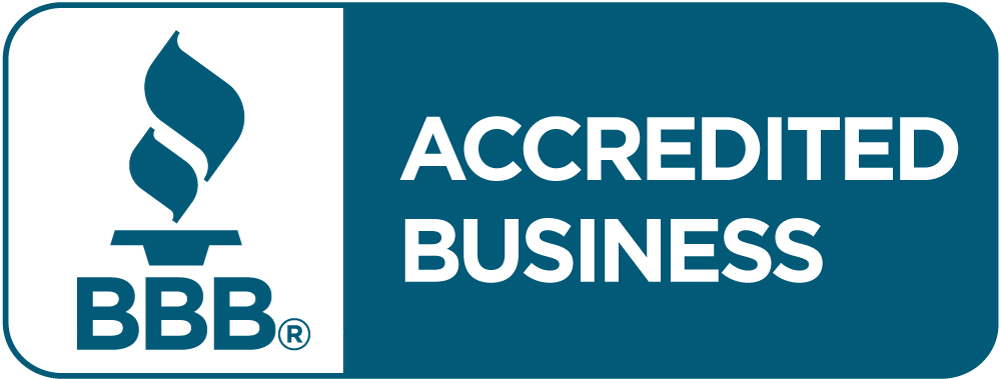Quick Links
ToggleIf you’re a business owner with multiple loans of varying interest rates and terms, you might consider consolidating them. Doing so can help you free up some extra cash. It can also lower your monthly payments to help you grow your business quicker.
So how can you consolidate your business loans? We’ll reveal the five key steps to consolidating your business debt to help you get ahead.
What is Business Debt Consolidation?
Business debt consolidation is the process of taking out a new loan to pay off multiple debts. These debts are grouped into just one bigger loan with a single payment.
Business owners can consolidate multiple smaller loans that are often unsecured and have higher interest rates. Debt consolidation can also help small business owners effectively control credit card debt, equipment loans, and other sources of funding.
Rates on business debt consolidation loans might be similar to other loan terms. However, the primary purpose of debt consolidation is to make payments more manageable by replacing multiple repayments with a single obligation.
Business Debt Consolidation Options
Only a handful of loan types and lenders allow you to appropriately consolidate your business debt and attempt to reduce it. These include SBA loans, traditional business loans, and offerings from alternative lenders.
Traditional Business Loans
Traditional business loans, also called term loans, are typically the best option for business owners wanting to consolidate their debt. This is because term loans often provide lower interest rates and longer repayment terms.
SBA Loans
If a business owner is unable to obtain a term loan, the next step is often to seek an SBA loan. SBA loans are backed by the U.S. Small Business Administration. This loan type is aimed at business owners who are unable to satisfy the requirements for a traditional business loan but have good credit.
An SBA 7(a) loan is one of the most popular options for small business owners. It offers terms up to 25 years with maximum amounts of $5,000,000. Interest rates are generally no higher than 8.25%-11.25% for fixed-rate loans.
Alternative Lenders
Business owners can also turn to alternative lenders for consolidating business debt. Alternative lenders are those that aren’t traditional banks. They often have fewer requirements to qualify for a business loan, making them a great choice for newer businesses that have been operating for over six months.
Zinch, for example, offers small business loans of up to $250,000, which can be used to consolidate debt. The repayments are fixed, so you can budget and plan ahead.
5 Steps to Consolidating Business Debt
Once you’re ready to consolidate your business debt, the process is simple and straightforward.
1. Understand the Current Terms of Your Debt
The first step is to examine the types of debt you’re consolidating and the terms associated with each.
It’s understandable to want to combine the debts with the highest interest rates first. There may be limits on your current loans that prevent you from consolidating them. Therefore, you need to include the expense of prepayment penalties in your total calculations.
Consolidation is a good idea, yet it can be a costly error if it results in extra fees or penalties. This makes understanding the fine print crucial when consolidating.
2. Determine Which Debts to Consolidate
You might be able to consolidate part, but not all, of your debt. Regardless, you must develop a strategy for reducing the number of payments and interest rates you already have.
Even if you can’t combine all of your debts, minimizing what you can is still beneficial—as long as it’s a net positive for your company.
3. Check Your Qualifications
Each lender will have various requirements for a business debt consolidation loan. Additionally, some will be more stringent than others.
For a Zinch loan, for example, the minimum requirements to apply are:
- Being in business for more than six months
- Having at least $10,000 in sales per month
Because we’re an online lender, we offer a faster funding process that’s easier to qualify for.
4. Organize Your Documentation
Being prepared with the necessary papers is the best way to accelerate the loan application process and keep everything on track. This may include:
- Personal and business tax returns
- Financial statements
- Information about current debts
- Current business equipment
- Profit-and-loss statements
- Sales projections
5. Submit Your Application and Await Approval
Once you’ve gathered all of the necessary debt consolidation loan information and submitted your paperwork to a lender, your application will be reviewed.
The lender may examine your recent payment history, verify whether your company has been involved in lawsuits, and examine asset titles. If everything goes as planned, your company debt consolidation loan will be approved.
Need a Debt Consolidation Business Loan?
Contact us at (714) 500-6622 to learn more about your options. You could qualify for up to $250,000 in just 24 hours.










